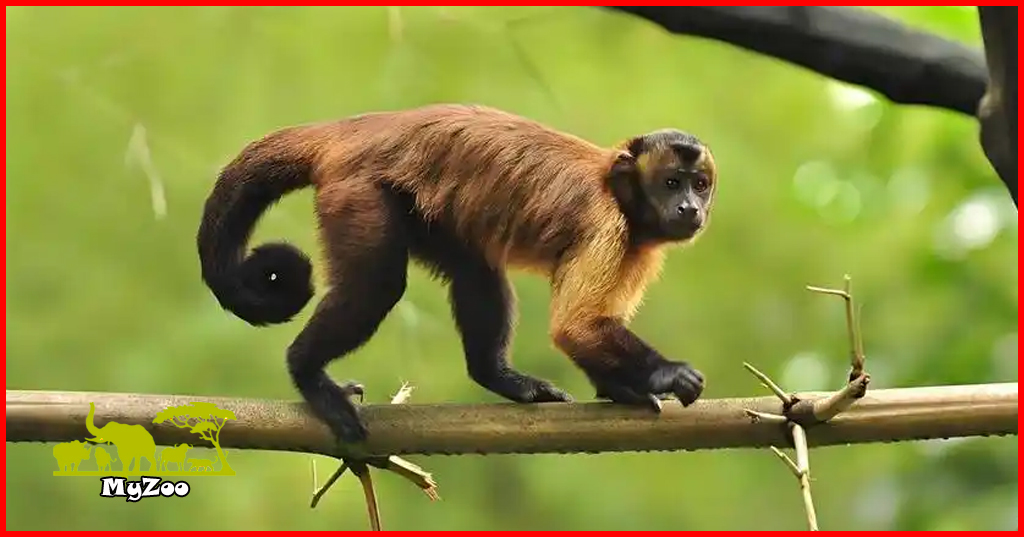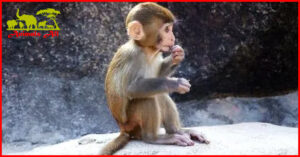
Know Habitat of the Brazilian Capuchin Monkey
Brazilian capuchins monkey live in tropical rainforests, deciduous forests and mangroves in South America. They are arboreal and social. Human activities have threatened their habitats, and measures need to be taken to protect them.
Capuchin monkey’s habitat is diverse, but is primarily concentrated in tropical rainforests and related ecosystems in South America. The following is a detailed description of the Brazilian capuchin monkey’s habitat
Geographical distribution

Brazilian capuchins are widely distributed in many countries and regions in South America, including Brazil, Colombia, Venezuela, Guyana, eastern Peru, etc. In Brazil, they mainly live in the Amazon Basin and its surrounding areas.
Habitat Type

- Tropical rainforest : Brazilian capuchins mainly live in tropical rainforest environments, which provide rich food sources and suitable habitats. They usually move in tall tree canopies, using their limbs and tails to move flexibly between trees.
- Deciduous forests : In addition to tropical rainforests, Brazilian capuchins also live in some deciduous forests. These deciduous forests experience leaf fall and regrowth during seasonal changes, providing capuchins with different food sources and habitats.
- Mangroves : In some coastal areas of Brazil, mangroves are also one of the habitats of Brazilian capuchin monkeys. These forests provide a unique ecological environment and provide rich food and habitat for capuchin monkeys.
Habitat Characteristics

- Arboreal : Brazilian capuchins are typical arboreal animals, spending almost all day in trees and rarely coming down to the ground. This allows them to stay away from predators on the ground while using trees as a food source and habitat.
- Social nature : Brazilian capuchins usually live together in families or groups, ranging in size from a few to dozens of individuals. This social life helps them to defend against predators, share food and take care of their young.
- Wide Diet : The Brazilian capuchin monkeys have a very wide diet, including fruits, seeds, nuts, insects, spiders and other small invertebrates, etc. This wide diet enables them to find suitable food sources in different ecological environments.
Impact of ecological environment changes on habitats
With the continuous increase of human activities, the habitat of Brazilian capuchin monkeys is facing serious threats. Human activities such as deforestation, agricultural expansion and urbanization have led to the destruction and degradation of a large number of tropical rainforests, which poses a serious threat to the survival of Brazilian capuchin monkeys. Therefore, protecting these rare primates requires taking effective measures to reduce the damage to their habitat caused by human activities.
In summary, Brazilian capuchins live in tropical rainforests, deciduous forests and mangroves in South America, and are typical tree-dwelling and gregarious. However, with the continuous deterioration of the ecological environment, their habitat is facing serious threats. In order to protect these rare primates, we need to work together to reduce the damage to their habitat caused by human activities.

